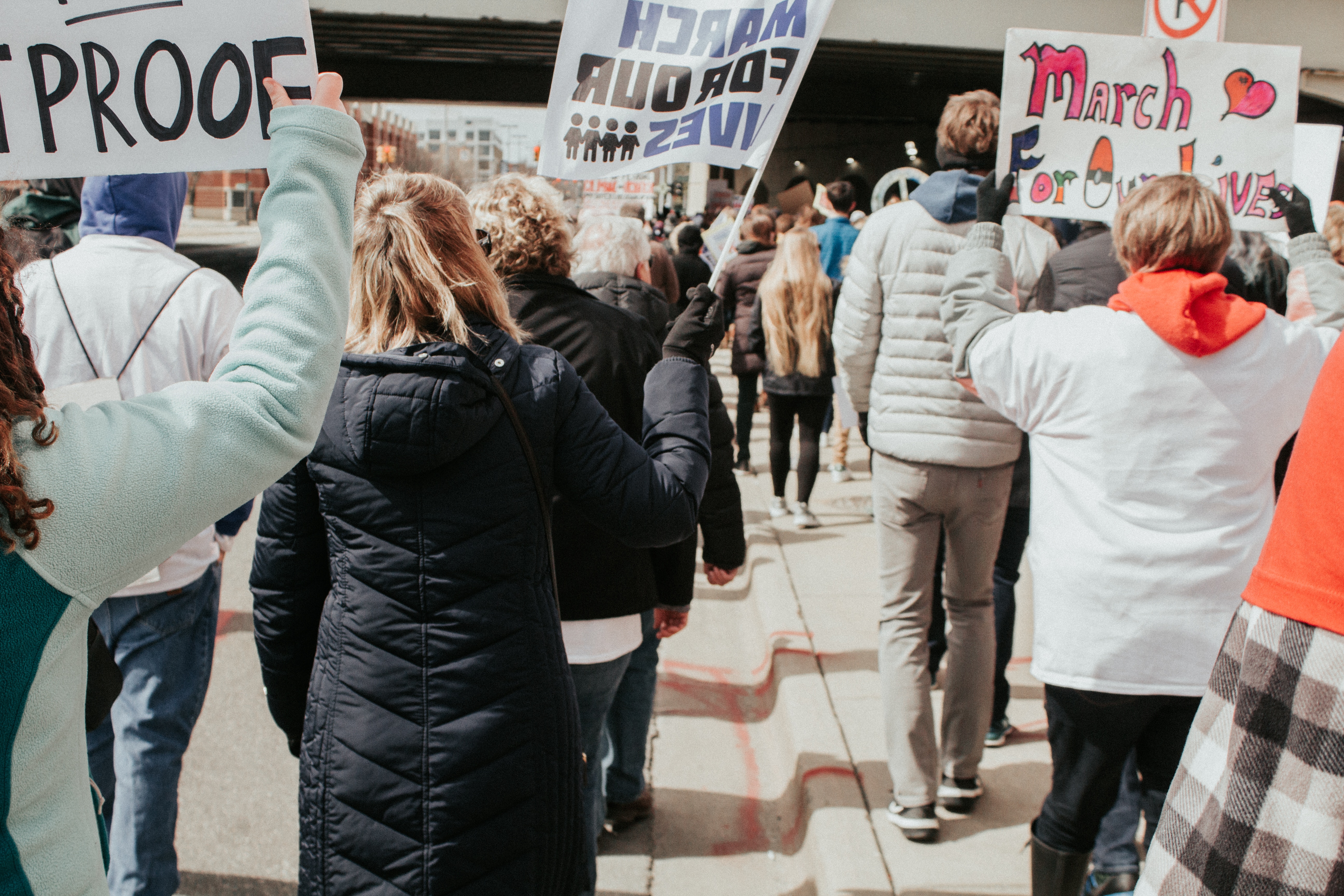Like so many others, I watched in awe recently as millions of Americans, many of them high school students, marched across the country to demand action on gun violence. It’s inspiring to see people so young pursue their convictions with such passion and eloquence—the kids, as the old rock n’ roll song has it, are indeed alright. But for real change to occur, we need to fundamentally change the way we think about gun casualties. As the head of one of the nation’s largest health systems, I’m sad to report that what we’re facing now isn’t a policy debate or a cultural question: It’s a public health crisis.
To fully understand the effect of the epidemic we’re facing, it helps to set emotions aside and look at the observable facts. Each year, guns kill more than 38,000 Americans, and cause an additional 85,000 injuries, according to the American Public Health Association. And while school shootings, understandably, tend to receive the most comprehensive media coverage, the overwhelming majority of gun-related deaths are far less dramatic and much easier to prevent.
Suicide is a case in point: more than half of all gun deaths last year (about 22,000) involved people who took their own lives, according to the American Foundation for Suicide Prevention, a national group that raises awareness, funds scientific research and provides resources and aid to those affected by suicide. You hardly have to be a mental health expert to understand why this number is so high: In most American cities, anyone wishing to end their lives need only to step into a sporting good stores and purchase a firearm and some ammunition.
As even the most ardent advocate of the Second Amendment would grudgingly agree, this is an absurd situation we should be able to address to save the lives of many thousands. To that end, policy and public health experts have come up with the Extreme Risk Protection Order, or ERPO, which allows families and law enforcement to petition a court to temporarily restrict individuals’ access to firearms if there is documented evidence that they are a threat to themselves or others. Despite the measure’s commonsensical and constitutionally valid approach (the restrictions are temporary, not permanent), only five out of 50 states currently have some version of ERPO in place. This is despite the fact that a 2016 study, published in Law and Contemporary Problems, looked at data from the 762 cases in which access to guns was restricted under the law in Connecticut, which passed an ERPO law in 1999, and found that there was “one averted suicide for every 10 to 11 gun seizure cases,” and that ERPO-like measures could “significantly mitigate the risk” posed by gun owners who wish to do violence to themselves or to others.
There are currently 32 ERPO laws under consideration in various state legislatures nationwide, but that’s only one step towards a solution. To truly meet the challenge, two additional concrete measures are needed.
The first is obtaining information. As every good researcher will tell you, a problem is impossible to solve unless you first gather good, credible, empirical data. This is the core principle on which all of science is predicated. And yet, tragically, data pertaining to gun violence was, until very recently, largely unavailable to public health experts due to a 1996 congressional amendment to a spending bill that forbade the US Centers for Disease Control and Prevention from using public funds to study gun violence.
Thankfully, this restriction was finally removed last month, but that’s only the first step. To obtain good data, it’s critical that we make investment in research a priority so we may finally begin to understand what we’re looking at.
Still, as is the case with any health crisis, a real breakthrough is rarely possible unless we raise public awareness. If that sounds too ephemeral, consider smoking: Another leading cause of death in America, we geared up to fight the damages caused by smoking by launching a far-reaching and effective campaign that included everything from attaching warning labels to cigarette packs, to providing smokers with education and alternatives. It helped: This January, the American Cancer Society reported that cancer deaths had fallen 26 percent from their peak in 1991, mainly due to the steep decline in the number of Americans who smoked.
We should and must do the same with guns. If we want real change, let’s consider substituting the heated debate of mass marches and political feuds with the more level-headed language of the examination room. Only if we understand gun violence as a public health issue can we begin to get better.
* * *
Michael J. Dowling is the President & CEO of Northwell Health


